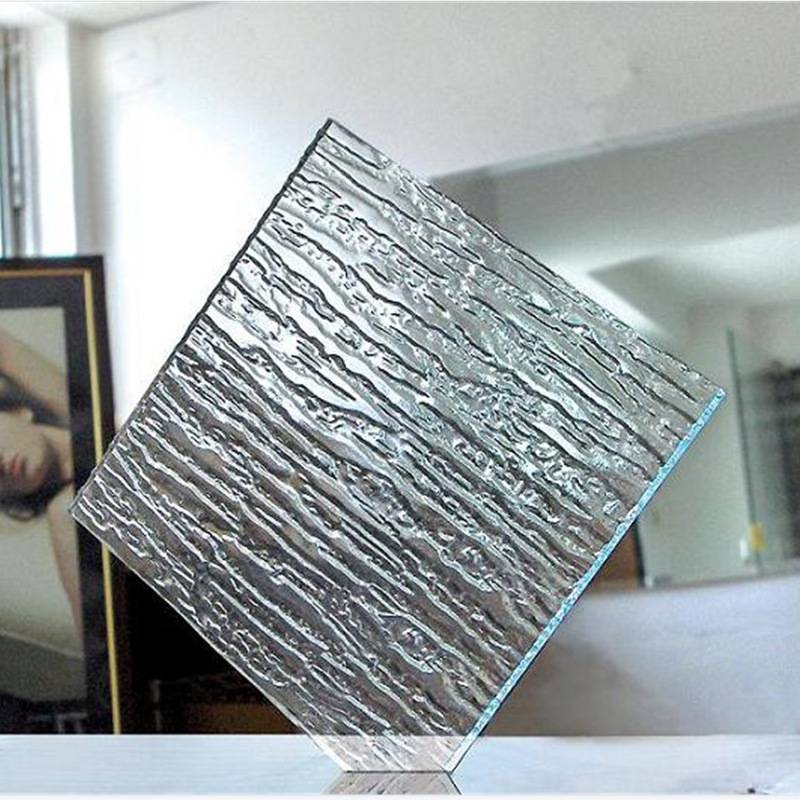Understanding Mirror Glass Pricing Key Factors and Market Trends
Mirror glass, widely used in various applications ranging from interior decor to automotive and commercial settings, has gained significant importance in today’s market. With its unique reflective properties and aesthetic appeal, it has become a preferred choice for architects, designers, and consumers alike. However, as with any product, the price of mirror glass can vary widely based on several influential factors.
Raw Materials and Production Costs
The primary components in mirror glass manufacturing are raw materials such as silica sand, soda ash, and limestone. The quality and sourcing of these materials play a significant role in determining the final cost. Additionally, the production process involves steps like coating the glass with a reflective material, typically silver or aluminum, which also adds to the overall expense. Fluctuations in the prices of these raw materials can lead to changes in mirror glass pricing. For instance, if the cost of silver experiences a spike, the price of mirror glass would inevitably rise.
Type and Size of Mirror Glass
Mirror glass is available in various types, including flat, beveled, and decorative mirrors. Each type has its own unique production requirements and complexities, which directly influence pricing. Generally, customized options tend to be more expensive than standard sizes. Larger mirrors or those with elaborate designs typically come with a higher price tag due to increased manufacturing costs and logistical considerations involved in transportation.
Market Demand and Supply Dynamics
mirror glass price
Like many products, mirror glass pricing is heavily influenced by market demand and supply. Seasonal trends can significantly impact prices; for example, during renovation seasons or holiday periods, the demand for mirror glass may surge, leading to increased prices. Additionally, supply chain factors, including any disruptions in production or transportation, can cause shortages, further influencing price fluctuations.
Geographic Factors
The geographic location also plays a crucial role in mirror glass pricing. In regions where manufacturing facilities are located closer to raw material sources, transportation costs tend to be lower, making the final product more affordable. Conversely, in areas where glass needs to be imported, additional shipping costs can inflate the price. Furthermore, local market conditions, such as competition among suppliers, can differ widely from one region to another, affecting overall pricing.
Technological Advances
Advancements in technology are also changing the landscape of mirror glass production and pricing. Innovative manufacturing techniques can lead to improved efficiency and reduced costs, which might be passed on to consumers. Moreover, the introduction of smart mirrors, which integrate digital displays with traditional mirror functionality, presents a new product category that comes at a premium price due to its advanced technology.
Conclusion
In summary, the price of mirror glass is influenced by a myriad of factors including raw material costs, production methods, supply and demand dynamics, geographic location, and technological advancements. As consumers become more aware of the options available, understanding these variables can help in making informed purchasing decisions. Whether for personal use or large-scale projects, being knowledgeable about mirror glass pricing trends enables buyers to navigate the market effectively.
 Afrikaans
Afrikaans  Albanian
Albanian  Amharic
Amharic  Arabic
Arabic  Armenian
Armenian  Azerbaijani
Azerbaijani  Basque
Basque  Belarusian
Belarusian  Bengali
Bengali  Bosnian
Bosnian  Bulgarian
Bulgarian  Catalan
Catalan  Cebuano
Cebuano  Corsican
Corsican  Croatian
Croatian  Czech
Czech  Danish
Danish  Dutch
Dutch  English
English  Esperanto
Esperanto  Estonian
Estonian  Finnish
Finnish  French
French  Frisian
Frisian  Galician
Galician  Georgian
Georgian  German
German  Greek
Greek  Gujarati
Gujarati  Haitian Creole
Haitian Creole  hausa
hausa  hawaiian
hawaiian  Hebrew
Hebrew  Hindi
Hindi  Miao
Miao  Hungarian
Hungarian  Icelandic
Icelandic  igbo
igbo  Indonesian
Indonesian  irish
irish  Italian
Italian  Japanese
Japanese  Javanese
Javanese  Kannada
Kannada  kazakh
kazakh  Khmer
Khmer  Rwandese
Rwandese  Korean
Korean  Kurdish
Kurdish  Kyrgyz
Kyrgyz  Lao
Lao  Latin
Latin  Latvian
Latvian  Lithuanian
Lithuanian  Luxembourgish
Luxembourgish  Macedonian
Macedonian  Malgashi
Malgashi  Malay
Malay  Malayalam
Malayalam  Maltese
Maltese  Maori
Maori  Marathi
Marathi  Mongolian
Mongolian  Myanmar
Myanmar  Nepali
Nepali  Norwegian
Norwegian  Norwegian
Norwegian  Occitan
Occitan  Pashto
Pashto  Persian
Persian  Polish
Polish  Portuguese
Portuguese  Punjabi
Punjabi  Romanian
Romanian  Russian
Russian  Samoan
Samoan  Scottish Gaelic
Scottish Gaelic  Serbian
Serbian  Sesotho
Sesotho  Shona
Shona  Sindhi
Sindhi  Sinhala
Sinhala  Slovak
Slovak  Slovenian
Slovenian  Somali
Somali  Spanish
Spanish  Sundanese
Sundanese  Swahili
Swahili  Swedish
Swedish  Tagalog
Tagalog  Tajik
Tajik  Tamil
Tamil  Tatar
Tatar  Telugu
Telugu  Thai
Thai  Turkish
Turkish  Turkmen
Turkmen  Ukrainian
Ukrainian  Urdu
Urdu  Uighur
Uighur  Uzbek
Uzbek  Vietnamese
Vietnamese  Welsh
Welsh  Bantu
Bantu  Yiddish
Yiddish  Yoruba
Yoruba  Zulu
Zulu 

